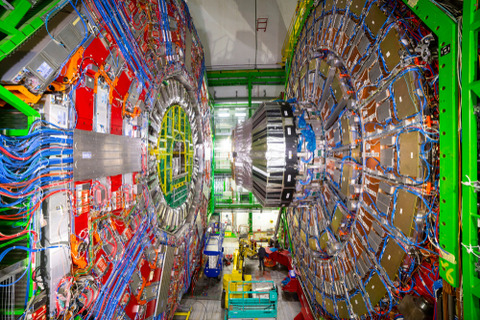UWS team’s radiation detector earmarked for leading world labs
13 Apr 2025

A novel radiation detector developed by staff at students at the University of the West of Scotland (UWS) is to be deployed at leading laboratories including CERN.
The creation of the LaBr3 (Ce) radiation detector led by UWS’s Dr S Nara Singh Bondili will providing “measurements of elemental abundance puzzles, fundamental symmetries in physics and rare features observed in nuclei that were previously not possible,” stated the university.
It added that improvements in radiation detection, portability and adaptability now allow the detector to be employed within laboratory settings, clean energy, environmental radiation and medical research.
The detector can also be used at for advanced nuclear astrophysics setups, nuclear reaction and structure experiments.
Said Bondili: “This is a world first, as the novel prototype detector has not been constructed anywhere else to our knowledge to date. We’re incredibly excited about this device and its many potential applications.”
A prototype of the detector is also being used in the teaching laboratory for a new module added to the university’s undergraduate Year 3 Physics with Nuclear Technology.
The Detectors and Nuclear Lab Skills module was recently launched to coincide with the growing demand for specialist skills in the expanding nuclear sector, explained Bondili.
He said: “The Detectors and Nuclear Lab Skills module is being taught for the first time and this teaching laboratory session provides valuable hands-on nuclear research skills that train a future workforce in nuclear physics and nuclear applications, especially in nuclear energy.”
Development of the detector was funded by the Science and Technology Facilities Council (UKSTFC), UK Nuclear Data Network, the Royal Society of Edinburgh and a UWS consolidated grant from UKSTFC. A prototype of the detector constructed in 2021 was further developed recently in collaboration with the University of York.
Pic: CERN

